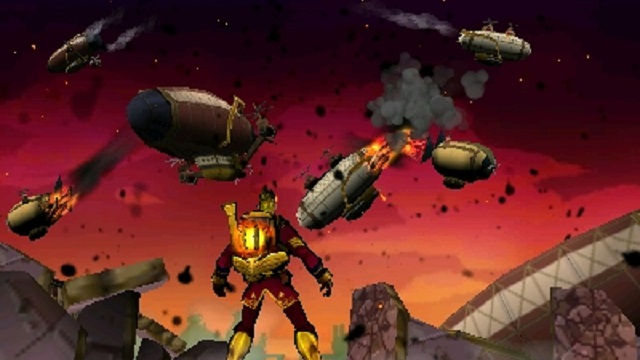
Intelligent Systems has had a pretty good strategy game track record. With many successful and multiple entries in both the Fire Emblem and Advance Wars series under its belt, the company took a chance in adding another strategy game to the mix. Does Code Name S.T.E.A.M. do enough to shake up the formula and add another excellent game to its repertoire?
Code Name S.T.E.A.M. takes part in a steampunk 1860s London, following the adventure of Henry Fleming from The Red Badge of Courage. He and fellow American John Henry are suddenly recruited by Abraham Lincoln to help eliminate a sudden alien invasion and save Earth. Alongside well-known American icons, the game also features several iconic fictional characters such as The Lion from The Wonderful Wizard of Oz and Tiger Lily from Peter Pan. Adding to the game’s ridiculous cast of characters, it’s stylized in a cel-shaded comic-book style, which really helps deliver exactly how over-the-top this game’s plot and setting really are. The story itself is actually a comic book being read by a young child in his own room.
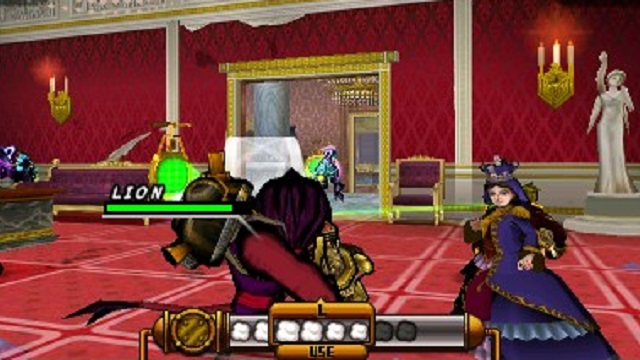
Amiibo support
As Fire Emblem is an Intelligent Systems franchise, the Marth, Ike, Lucina and Robin figures can be scanned into the game and be added into your party (if you have a New 3DS). Staying true to Fire Emblem, once these characters die on the battlefield, they can’t be revived mid-battle.
The core gameplay takes bits and pieces from standard grid-based strategy RPGs, but takes also takes notes from Valkyria Chronicles. You’re able to move your character freely through the map, but you’re restricted to a certain number of grid squares a turn and you attack by manually aiming at certain weak points on the characters.
Both moving and attacking are restricted to how much steam your character has. Moving a panel takes one bit of steam and attacking, depending on your characters options, can take various amounts. Additionally, characters can eventually go into an Overwatch mode, similar to XCOM‘s function. If a unit has steam left over after a turn ends, it has the option of attacking the enemy’s weak point when one falls into its line of sight.
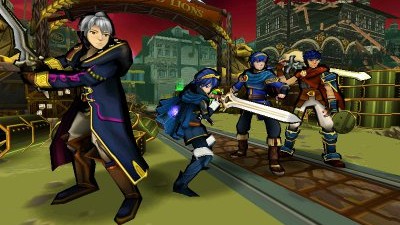
Littered throughout the maps are save points, that can allow players to heal and revive as well as allow you to regroup after a failed strategy without completely restarting the map. Restoration consumes medals that are collected in each map. While the overall total doesn’t stay with you as you move from mission to mission, the collected ones after each set allow you to unlock more sub-weapons and boilers that allow you to change some aspects of your characters for better or worse.
There’s a ton of little things that ultimately make this game different than a lot of strategy RPGs out there. Ranging from character choices, sub-weapon selections, movement, attacking or even when to save all play a vital role in how you take on each mission. No two missions will ever play out the same, and one wrong move can cost you the entire round.
Easily one of the most glaring problems of the game is the inability to speed up the alien’s turn. While I do understand that Overwatch plays a vital role here, it was annoying to continuously wait for ten-plus enemies to move when I couldn’t do anything against them anyway. It ruins the pacing of maps and doesn’t compensate for the fact you can’t see certain enemies. Even worse: some maps have infinitely spawning enemies, so more of than not, you’ll find yourself waiting a fairly long time for enemy movement.
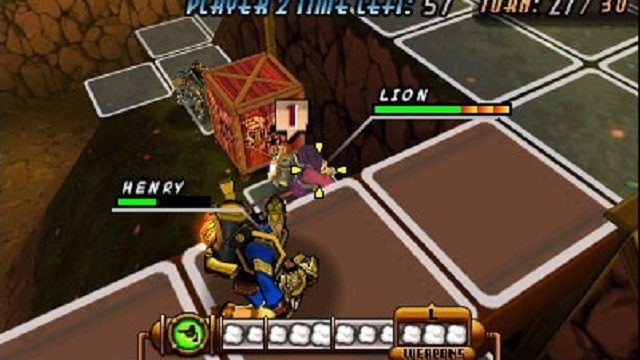
Online play
You can play your typical four-on-four face-off against your opponent, a medal collection race and a bout with the A.B.E. Lincoln mechs. Oddly enough, you can’t just face your friends, as you’re pitted randomly against each other, but creating private tournaments is a workaround.
There are also a lot of problems with the difficulty in general. There’s no leveling aspect to this game. How your character performs is solely dependent on your loadouts, and even when you have the perfect team, the enemies are hard to predict. More often than not, you’ll find yourself restarting the map due to either bad strategy choices or inconvenient, unanticipated enemy respawns.
The story and characters never really get fleshed-out either. You gain a new character to your party and… that’s it. How or why anyone is there is never really explained. They’re just part of S.T.E.A.M. and you now have to work with them. The story suffers some linearity since, aside from going back to maps, there aren’t any side quests or additional challenges to pursue.
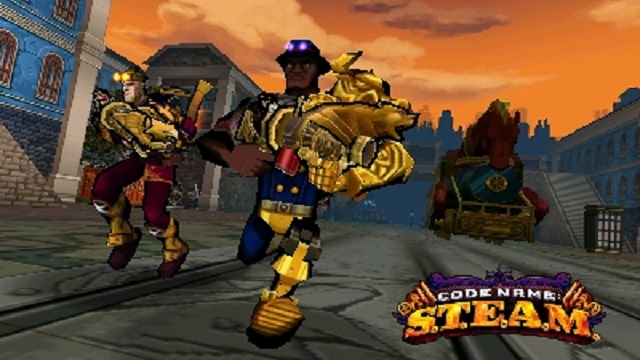
Code Name S.T.E.A.M. has a lot of potential. It’s a new IP for Nintendo and it has the foundation for this series to really become something else. The strategy roots of Intelligent System runs deep, but it would definitely need another game to work out the kinks in their mechanics. Fans of strategy RPGs should still check the game out, though, because despite its flaws, it’s nice to see the formula shaken up a bit.
Pros: Fresh take on the genre, charming art style, interesting music selection
Cons: High difficulty curve, no character development, can’t skip or speed up enemy turns



















